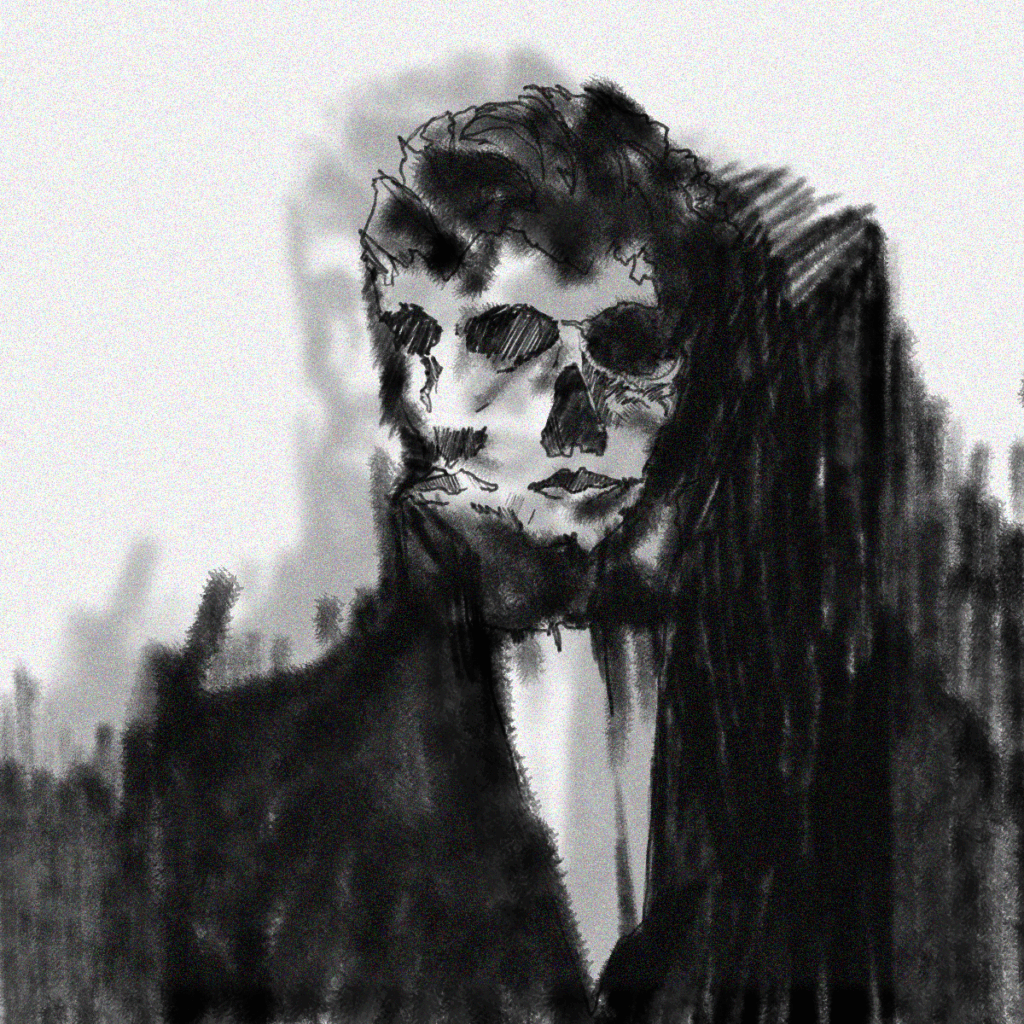Labeled “Immoral and Obscene”
In 1891, Oscar Wilde published The Picture of Dorian Gray as a standalone novel. The reaction? Brutal. Many newspapers condemned it outright, calling it “a book that should never have been written” and “immoral and obscene.” Under the moral standards of Victorian England, Wilde’s depiction of beauty, corruption, and inner decay was too provocative.

Dorian Gray and the Fatal Beauty
The Picture of Dorian Gray: A Summary
Dorian Gray is a young man of striking beauty. One day, a painter named Basil Hallward captures his likeness on canvas. Seeing the portrait, Dorian becomes obsessed with his appearance and the inevitable loss of youth. He wishes that the painting could bear the marks of age and sin in his place—and the wish is mysteriously granted.
He meets Lord Henry Wotton, who seduces him into a life of hedonism. As Dorian remains physically unchanged, his soul—reflected in the ever-decaying portrait—grows darker. He discards actress Sibyl Vane, causing her to take her own life. The guilt is short-lived.
Years later, Dorian murders Basil after he sees the grotesque painting. Haunted, Dorian tries to escape his past but is eventually exposed. In a final act of desperation, he stabs the painting—only to die himself, with his body aged and twisted. The portrait, once ruined, returns to its original beauty.
Deceived by Appearances, Destroyed by Truth
Dorian values beauty above all, willing to abandon morality and humanity to preserve it. He starts as an innocent but is quickly led astray by Lord Henry’s seductive philosophies. It’s gaslighting in its most refined form.
More than a morality tale, Wilde’s novel dissects human duality, the violence of aesthetic obsession, and the hidden cost of vanity. That’s why this story still resonates more than a century later.
Is The Picture of Dorian Gray Still Relevant?
Absolutely. In a world obsessed with appearance and perfection, The Picture of Dorian Gray reads like prophecy. Whether on social media or in celebrity culture, we’re surrounded by people desperate to preserve their image, no matter the internal decay.
The recent film The Substance echoes Wilde’s message: youth and beauty are still worshipped, even at the cost of one’s soul.
Final Thoughts: Timeless Questions, Timeless Consequences
Wilde didn’t just write about beauty—he exposed what it can do to us. His characters speak truths we still struggle to face. As Wilde might have put it: “Man is remarkably skilled at deceiving himself.”
And the real question remains: What face would you see if your soul had a portrait?